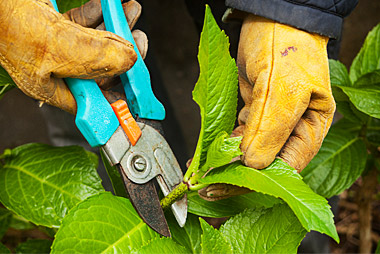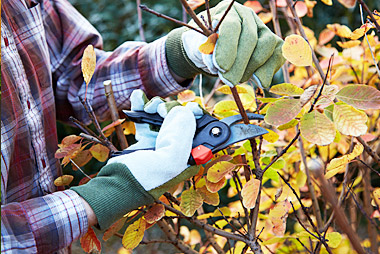Request a Free Estimate 647-500-5263
Customer Portal LoginWhen it comes to keeping your garden and lawn healthy and lush, trust the professionals at Greenbloom. Our experience gives us the ability to understand when and how to prune the trees and shrubs on your property.


There are four basic methods for tree pruning. Each accomplishes a specific need.
The right time to prune a hydrangea depends on when it flowers. Based on the type of hydrangea, you should adhere to the following:
Pruning is quite good for rose bushes as it encourages the growth of new blooms. Depending on the species, follow this guide for pruning:
Clematis are a popular climbing flower. When to prune them depends on which group they fall into. If you don’t know which group your clematis belongs to, watch them for a season to see when and how often they bloom.
Copyright © 2020 All Rights Reserved.
Website By WSI Comandix